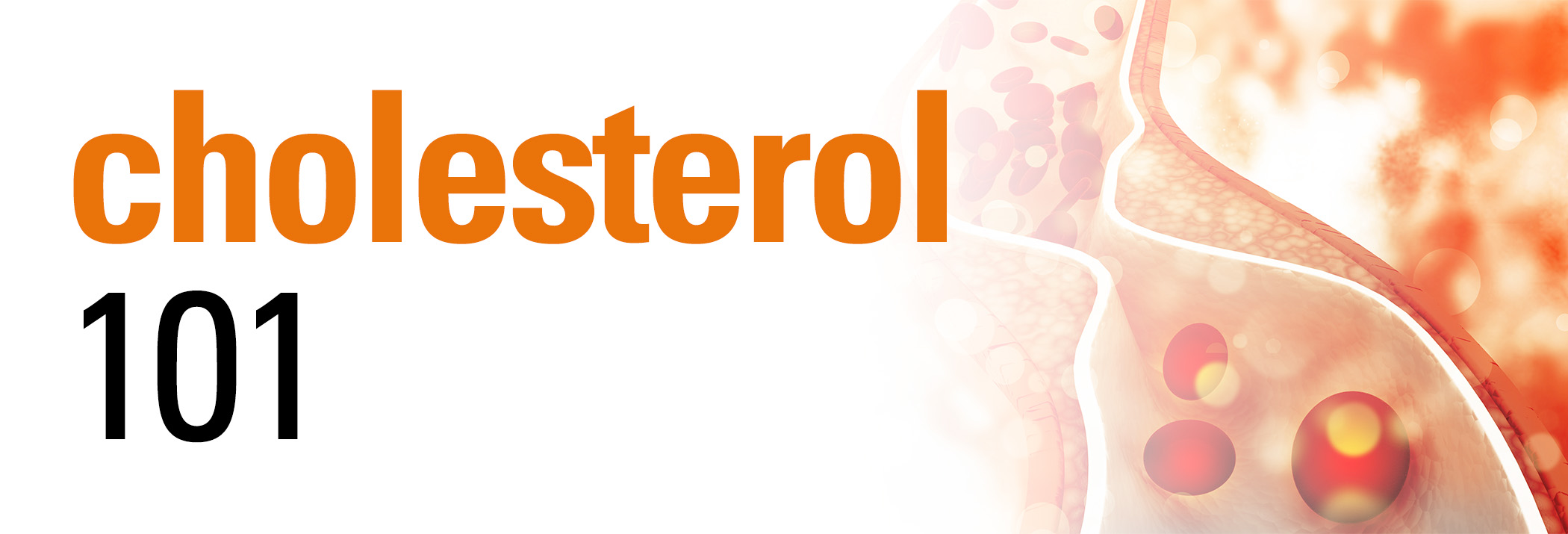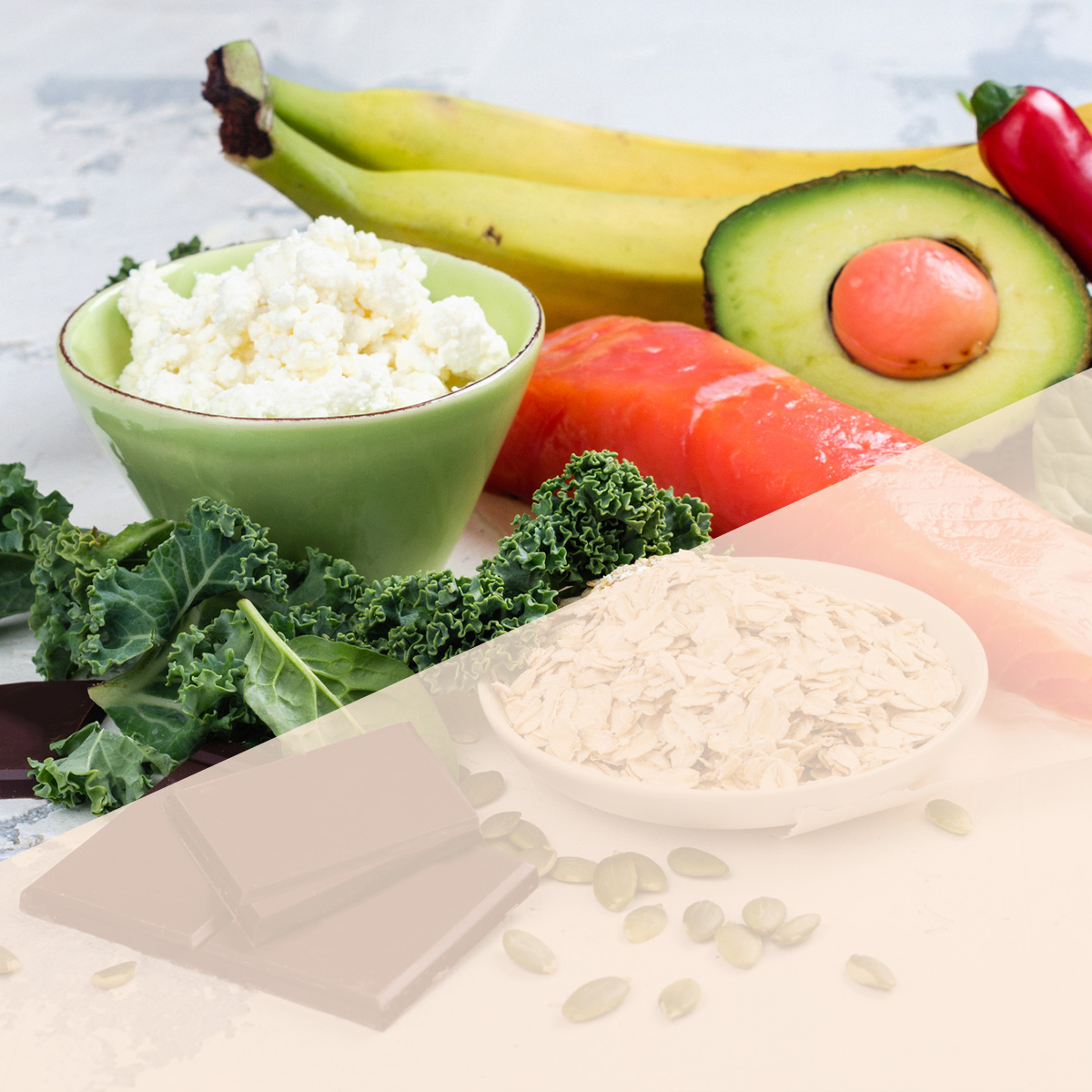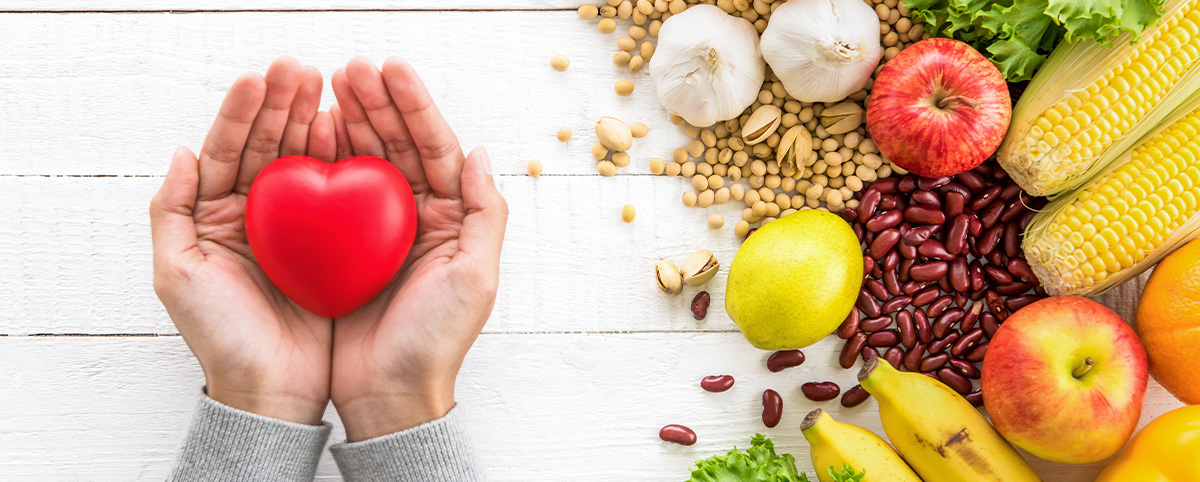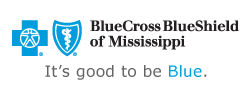

Eat This, Not That for Healthy Cholesterol
Yes, diet has a significant impact on your cholesterol. What you eat is just as important as what not to eat. Here’s a look at some cholesterol-friendly and unfriendly fare:
Cholesterol-Friendly Foods
Produce
Choose colorful fruits and vegetables, such as berries, oranges, apples, yams, broccoli, spinach and bell peppers. These are naturally cholesterol-free, low-fat and are the foundation of a healthy diet.
Whole Grains
Oats, quinoa, barley and whole wheat are full of fiber, complex carbohydrates and protein. Look for breads, pastas and cereals made with a variety of whole grains.
Be sure to read the labels to make sure the products you buy are also low in fat, sugar and sodium.
Meat and Beans
Choose skinless cuts of chicken or turkey, lean cuts of meat like pork tenderloin and beef round, sirloin or tenderloin. Read labels to be sure the meat is at least 92% fat-free. Use protein-rich beans such as black, soy/edamame, kidney or garbanzo beans.
Nuts and Seeds
Choose plain nuts with little to no added salt and natural-style nut butters with just nuts or nuts and salt.
Dairy/Calcium
Pick low- or reduced-fat yogurt, milk and cheese.
Omega-3-Rich Foods
Cold-water fish like salmon, tuna, halibut, herring and mackerel have higher amounts of healthy omega-3s. You can also find omega-3 fatty acids in walnuts and ground flaxseed. Look for enriched foods like eggs, dairy, soy products, breads, cereals and pasta.
Heart-Healthy Oils
Olive oil can raise the level of your “good” cholesterol (HDL) in moderate amounts. Other vegetable-based oils like canola, soy and sunflower are also healthier options.
Cholesterol-Unfriendly Foods
Saturated Fat
Too much saturated fat can cause high cholesterol and heart disease. Pork, fatty beef, butter, cream, lard and fried foods all contain saturated fat.
Trans Fat
Pastries, cookies, crackers and some margarines are some of the biggest offenders of trans fat. Others are fried foods, frozen pizza, donuts and more. Read the nutrition label to identify hidden trans fat.
Sodium
Too much sodium can raise blood pressure. Canned soup, salty snacks like chips, deli meat, pizza and a lot of fast food are high in sodium.
Sugar
Too much sugar can lead to weight gain, which can cause high cholesterol, heart disease and diabetes. The most obvious culprits are sweets, candy, sodas and ice cream. Some less obvious ones are prepared sauces, like spaghetti sauce, ketchup, breakfast bars and fruit juices. Sugars can also “hide.” Look for brown sugar, corn syrup, fructose, dextrose, maltose, lactose, glucose and fruit juice concentrates.

Cholesterol — Here's the Scoop
Cholesterol and heart health go hand in hand. Healthy levels of good cholesterol can promote heart health while high levels of bad cholesterol could cause harm to your heart. The good news is, lifestyle habits play a big role in both cholesterol and heart health. Let’s take a look at the different types of cholesterol and what role each of those play in your health.
Cholesterol is produced naturally in the body and supports normal bodily functions. It is also found in foods we eat, like animal products. The problems arise when our bodies have too much cholesterol. This can be the result of eating unhealthy foods, poor lifestyle habits and even your family history. Your age and gender can also increase your risk of developing high cholesterol. Having your cholesterol checked each year is an excellent way to manage your health and prevent diseases like cardiovascular disease.
LDL, HDL & Triglycerides
When you have your cholesterol levels checked, the screening includes your LDL (bad) cholesterol, HDL (good) cholesterol and triglycerides. These make up your total cholesterol.
- LDL (low-density lipoprotein)
This is also known as the "bad" cholesterol. The higher your LDL, the greater your risk of developing heart disease. A "healthy" range for LDL is <100, while 190 or above is considered high risk. - HDL (high-density lipoprotein)
This is also known as the "good" cholesterol and helps to clear arteries. A healthy level of HDL can help protect you from heart attack and stroke. Men should aim for an HDL level above 40, while women’s should be over 50. Regular physical activity is an effective way to raise your HDL. - Triglycerides
These are blood fats primarily derived from foods we eat. High triglycerides increase your risk of heart disease and should be 150 or less.
An annual wellness visit is the perfect time to have your cholesterol checked. Blue Cross & Blue Shield of Mississippi’s Healthy You! wellness benefit covers an annual cholesterol screening based on age and any health risks.
Check out the interactive Healthy You! Wellness Guide to learn more.

High Cholesterol? Why Exercise Works
We know exercise can help lower your weight, but it’s also extremely effective at not only lowering your “bad” cholesterol, but raising your good cholesterol. The most obvious reason it works is by lowering weight. There’s also some metabolic effects that have been found to play a role in lowering cholesterol.
Exercise is believed to move LDL from the blood to the liver where it’s metabolized and excreted. So, the more you exercise, the more LDL you move out of your blood. So how much is enough? The general recommendation from health experts is 30 minutes of moderate-intensity exercise on most days of the week. And the more intense the activity, the more benefits.
For the HDL-raising benefits, research has found that moderate exercise isn’t enough. High-intensity exercise, in good amounts, is recommended to make a positive impact on your HDL.
Regardless of your cholesterol levels, exercise is always one of the best ways to be healthy. The American Heart Association has recommendations for exercise, including how much and what types of activity you should do.
